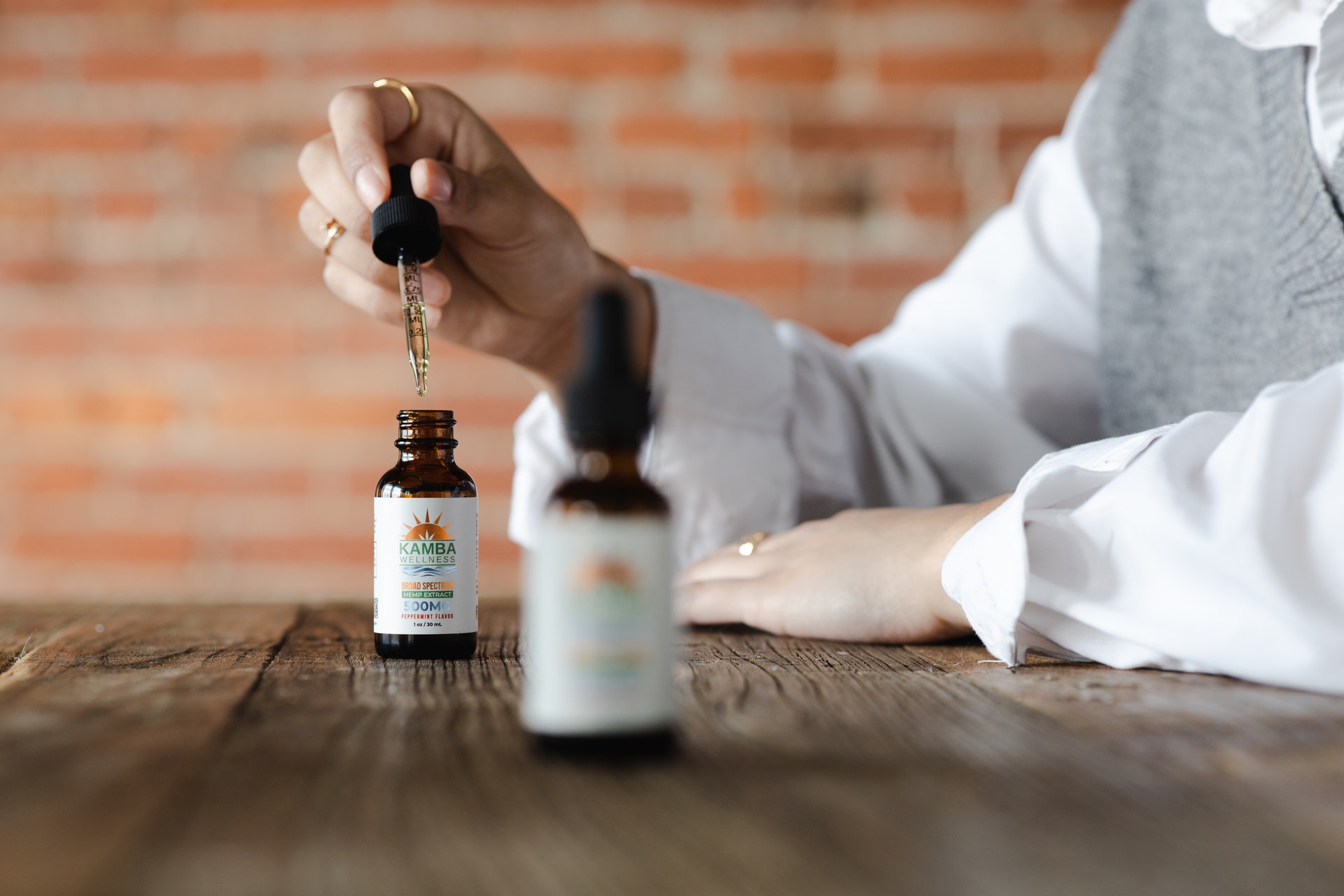Tinctures were very popular in the nineteenth century and were once one of the most common forms of pharmaceuticals. Today, tinctures are used less frequently, although they are still helpful for several conditions and ailments. Learning about the differences between broad-spectrum and full-spectrum tinctures can help you decide which form is correct for you.
What is a Tincture?
A tincture is a liquid medicine made from herbs, plants, bark, and flowers. It can also be a combination of these. It is usually found in a dropper bottle, and it has been used for centuries as a natural remedy.
Differences Between Broad-Spectrum and Full-Spectrum
Composition
Full-spectrum tinctures are whole-plant products intended to have the same effect as ingesting the whole plant. Because there is no separation of active and inactive ingredients, full-spectrum tinctures are often considered “more potent” than broad-spectrum ones.
In addition, if a full-spectrum tincture uses alcohol instead of glycerin or another carrier, it retains all of the taste of the plant. Broad-spectrum tinctures – sometimes called “tinctures” – are less potent because some of the plant components are removed to make them more palatable. On top of that, they use a lower alcohol content AND added preservatives.
They also can be significantly less expensive than full-spectrum ones. As a result of these differences, you may need to take more full-spectrum drops at once to experience effects – and you may not like getting into that habit when full-spectrum tinctures are usually more expensive.
Extraction Method
There are two main ways of extracting herbs: cooked and cold. The cooked method involves grinding up the herbs and then boiling them for a substantial period over several hours. The cold method involves steeping the herbs in alcohol for a much shorter period, usually just thirty minutes. If a tincture is extracted with heat—and only if extracted with heat—it is referred to as a “full-spectrum” tincture because it will have all of the different chemical constituents intact (hence the term ‘full-spectrum). However, if you extract an herb with alcohol and do not boil it, it is referred to as a “Broad-Spectrum” tincture.
Dosage
Broad-spectrum tinctures contain whole-plant extracts, meaning they have the total extraction from the cannabis plant. They are made from a high potency oil mixed with alcohol and water, ready to pop under your tongue. Full-spectrum is just that: although it may contain smaller amounts of THC, CBD, and other cannabinoids found in whole-plant extracts, it also features small amounts of terpenes and flavonoids. However, unlike broad-spectrum, full spectrum tinctures never contain the THC alkaloid itself.
Effectiveness and Potency
Broad-spectrum tinctures contain a variety of cannabinoids, while full-spectrum tinctures contain all the cannabinoids (plus terpenes and flavonoids) found in the plant. Ultimately, this means that whole spectrum tinctures have little to no trace of other cannabinoids — only ones that have been proven to be effective for treating specific illnesses or symptoms. Broad-spectrum tinctures can be more economical and easier to produce, but the entire spectrum is the preferred option for many people because of their effectiveness.
Understanding the difference between a full-spectrum tincture and a broad-spectrum tincture gives you the ability to decide the type of product that would be best for your needs. A full-spectrum tincture can be used to treat various conditions, while a broad-spectrum tincture will only work on specific ailments. Ensure you know what you are buying and get the right tincture for your symptoms.




